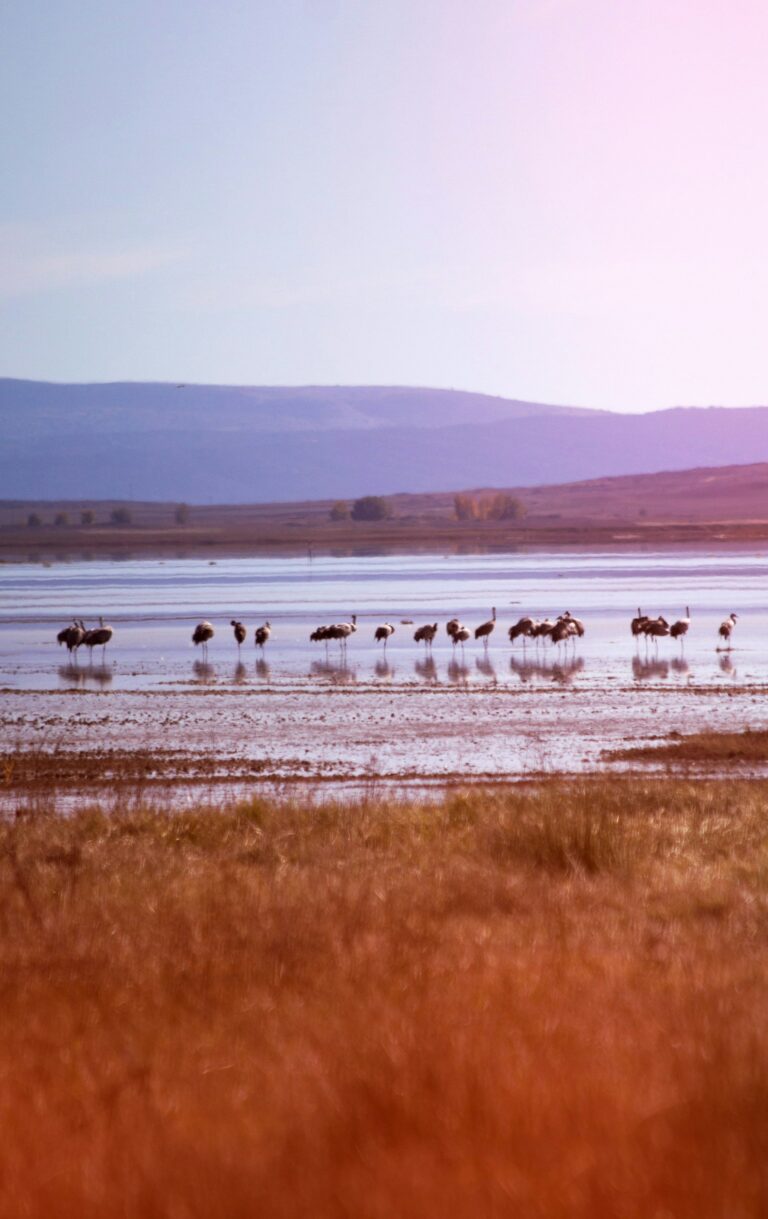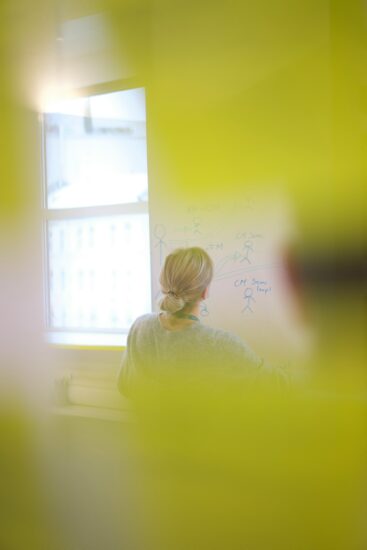
Become a 2tonne workshop leader
You’d like to run a 2tonne workshop and take up the challenge of climate change and encourage people to take action.
Accueil » Trainings » Ecological Transition training » Biodiversity Fresco: Understanding the challenges of biodiversity

The Biodiversity fresco complements the Climate fresco, enabling participants wishing to add to their knowledge of climate issues to acquire a solid base of key knowledge about biodiversity.
The Biodiversity Fresco is based on scientific reports by theIUCN – International Union for Conservation of Nature.
It is supported by theOFB (French Office for Biodiversity).
Participants will be able to :
During the workshop
After the workshop
Far from cultivating anxiety, the Biodiversity fresco enables participants to rediscover the importance of Life in their lives, and enables everyone to adopt a posture of action and innovation, in a collective moment of sharing.
At the end of the Biodiversity Mural, participants will be able to :
All employees
None
3.5h (1/2 day)
On-site at the company’s premises or at the training organization’s premises
Intra- and inter-company
Inter / Presential : 252€ NET tax / participant
Intra / Presential : 1393€ NET tax / group
The aim of the Biodiversity Fresco is to raise awareness of the dependencies or impacts that human activities have on Biodiversity, and to reflect collectively on actions that participants could take to preserve or regenerate it.
Using 39 cards distributed in 5 sets, participants, divided into teams of 5-8, have to find the links between the 39 cards to understand what Biodiversity is, what it brings and what degrades it.
The trainer guides participants through the process, answering questions and providing additional information.
Introduction to the workshop with the Biodiversity “Apéros”: recreate an ecosystem and discover the impact of a disturbance on it.
A key stage in the process of appropriating and assimilating the subject, participants freeze the cards and the links between them, recomposing the overall diagram.
A round-table discussion allows everyone to express their feelings about the game, the discussion and their awareness.
All kinds of reactions feed the discussion and exchanges.
Participants decorate and title their Fresco.
Once the issues have been set out and understood, the facilitator provides additional information (orders of magnitude, planetary limits, sustainable development objectives, the Donut theory, etc.).
Participants will then reflect and debate to determine the levers for action at individual and corporate level,
If there are several teams, there will be time for sharing and pooling conclusions.
Following an overview of the phenomenon and the global measures required, the workshop focuses on companies’ core business, their commitments and their specific impacts on biodiversity.
In the case of an in-company workshop, the focus will be on the company’s specific challenges and possible solutions.
In the case of an inter-company workshop, different issues and possible solutions will be addressed.
Pedagogical tools used :
Teaching method: The Biodiversity Fresco is a visual, educational, collaborative and scientific tool.
It evokes the “Head, Heart, Hand” model of Transformative Education: to act, you have to understand.
And if what we’ve learned provokes an emotion (of whatever kind), then we’ll want to act faster and harder.
It is based on an innovative pedagogy, alternating interactive activities using the collective intelligence of the group, the contribution of content by the facilitator and collective reflection by the participants, so as to maximize the acquisition of the fundamentals and the tool by the participants.
Technical resources:
Minimum 6 people for inter
Maximum 14 people
Specialist in Ecological Transition, experienced animator of the Biodiversity Fresco, trained in facilitation and collective intelligence management, specialist in business transformation support.
Pre-course needs questionnaire and learning assessment quiz to better understand the audience’s level and expectations.
Follow-up and support for participants during case studies, exercises, role-playing and in-session tests.
Assessment of knowledge through a Quiz at the end of the course.
Post-training satisfaction and evaluation questionnaire.
Certificate of completion

You’d like to run a 2tonne workshop and take up the challenge of climate change and encourage people to take action.

You want to design a transition scenario compatible with the objective of limiting global temperature rise to +1.5°C.

You would like to launch Value Analysis (VA) projects, as well as to train people to participate in a VA group.